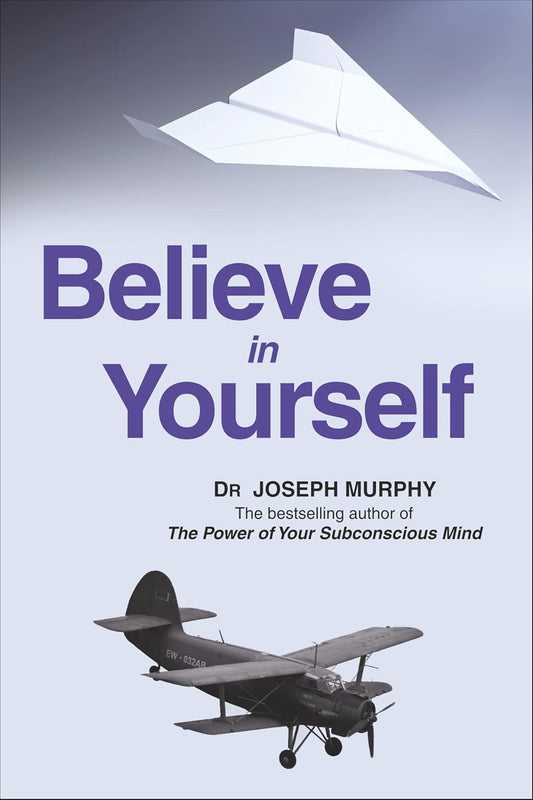Whether you're 25 or 65, learning how to build a reading habit isn't about age—it's about approach. Many adults believe they've missed their chance to become readers, but that's simply not true. The key lies in understanding that developing reading habits as an adult requires different strategies than what worked (or didn't work) in school.
Millions of successful readers started their journey later in life. They discovered that consistent reading habits aren't built through willpower alone, but through smart systems that make reading feel natural and enjoyable. The secret is starting small and building momentum gradually, rather than diving headfirst into ambitious reading goals that often lead to burnout and disappointment.
Why Traditional Reading Advice Fails Adults
Most reading advice assumes you have endless time and motivation. Reality check: you don't. Adult life comes with responsibilities, distractions, and mental fatigue that make traditional "read for an hour daily" advice completely unrealistic.
The biggest mistake adults make is trying to read like students again. You're not preparing for exams or trying to impress teachers. Your reading journey should fit your lifestyle, interests, and energy levels. This mindset shift is crucial for long-term success.
Additionally, many adults carry negative associations with reading from school experiences. Forced book reports and mandatory classics can create lasting resistance. Overcoming these mental barriers requires patience and the right approach to rediscover reading as a pleasure, not a chore.
The Science Behind Sustainable Reading Habits
Habit formation research shows that consistency trumps intensity every time. Reading 10 minutes daily for a month creates stronger neural pathways than reading for 3 hours once a week. Your brain needs repetition to automate behaviors and make them feel effortless.
The "habit loop" consists of three parts: cue, routine, and reward. For reading habits, this might look like: morning coffee (cue), reading 5 pages (routine), checking off your reading tracker (reward). Understanding this loop helps you design a system that works with your brain's natural programming.
Studies also reveal that environmental design plays a huge role in habit success. People who create dedicated reading spaces and remove friction (like keeping books visible and phones hidden) are 3x more likely to maintain their reading habits long-term.
Your Step-by-Step Reading Habit Blueprint
Start Micro: The 5-Minute Rule
Begin with just 5 minutes of daily reading. This sounds almost insulting, but it's psychologically powerful. Your brain doesn't resist such a small commitment, and you'll often read longer once you start. The goal is to build the routine first, and expand later.
Choose the same time and place every day. Morning coffee, lunch break, or before bed work well. Consistency in timing helps your brain anticipate and prepare for the activity, making it feel more automatic over time.
Choose Your First Book Wisely
Your first book shouldn't be War and Peace. Pick something genuinely interesting to you—a biography of someone you admire, a book about your hobby, or light fiction in a genre you enjoy. Book selection can make or break your habit-building efforts.
Avoid "should read" books initially. Focus on "want to read" books. Once the habit is established, you can gradually explore different genres and more challenging material. The priority now is proving to yourself that you can be a reader.
Create Your Reading Environment
Designate a specific spot for reading—a comfortable chair, good lighting, minimal distractions. This reading environment becomes a visual cue that triggers your reading routine. Keep your current book visible as a constant reminder.
Remove barriers that make reading harder. Charge your phone in another room, have good lighting ready, and keep reading glasses handy if needed. Every small friction point you remove makes it easier to maintain your new habit.
Track Your Progress Simply
Use a simple tracking method—checkmarks on a calendar, pages in a notebook, or a habit-tracking app. Reading progress tracking provides visual proof of your consistency and motivates you to maintain your streak.
Don't overcomplicate tracking. You're measuring consistency, not speed or comprehension. A simple "Did I read today? Yes/No" is sufficient. The visual pattern of success builds confidence and momentum over time.
Build Your Reading Ritual
Transform reading from a task into a reading ritual. Make it pleasant—prepare your favorite tea, light a candle, or play soft instrumental music. These positive associations make your brain crave the reading experience.
Consider what makes you feel relaxed and comfortable, then incorporate those elements into your reading time. This isn't about perfection; it's about creating positive emotional connections with reading that will sustain the habit long-term.
Gradually Expand Your Habit
After 2-3 weeks of consistent 5-minute sessions, slowly increase to 10 minutes, then 15. This gradual expansion feels natural rather than forced. Your reading stamina will improve naturally as you progress.
Listen to your energy levels and adjust accordingly. Some days you'll read longer, others you'll stick to the minimum. Both are perfectly fine as long as you maintain the daily consistency that keeps the habit alive.
Common Pitfalls and How to Avoid Them
The biggest habit-killer is perfectionism. Missing one day doesn't ruin everything—just resume the next day. Reading consistency over months matters more than perfect daily streaks. Treat lapses as temporary detours, not permanent failures.
Another common mistake is choosing books that don't match your current interests or reading level. If you're struggling through a book after 50 pages, give yourself permission to quit and try something else. Life's too short for boring books, especially when you're building a new habit.
Making It Stick Long-Term
After 30 days of consistency, your reading habit should feel more natural. Now you can experiment with different reading formats—audiobooks during commutes, eBooks on your phone, or physical books at home. Variety keeps the habit fresh and adaptable to different situations.
Join reading communities, either online or in local book clubs. Social connections around reading provide accountability and motivation. Sharing your progress and book recommendations with others reinforces your identity as a reader and provides external encouragement when motivation wanes.
Remember, the goal isn't to become someone who reads 100 books per year. It's to become someone who reads regularly and enjoys it. Whether you read 12 books or 50 books annually matters less than maintaining the consistent habit that enriches your daily life.
How to Build Reading Habit FAQ's
How long does it take to build a reading habit that sticks?
Most people need 21-66 days of consistent practice to form a new habit. For reading specifically, expect 3-4 weeks of daily 5-10 minute sessions before it starts feeling automatic. Focus on consistency over duration during this crucial period.
What if I'm a slow reader? Will this method still work?
Absolutely! Slow reading is perfectly normal and often leads to better comprehension. Start with shorter books, graphic novels, or even articles. Reading speed typically improves naturally with practice, but it's never a requirement for building a successful habit.
Should I read physical books, eBooks, or listen to audiobooks?
Choose whatever format you'll use consistently. Audiobooks work great for commuters, eBooks are convenient for travel, and physical books offer a screen-free experience. Many successful readers use all three formats depending on the situation.
What types of books should beginners start with?
Start with topics you're genuinely curious about—biographies, hobbies, light fiction, or self-help books. Avoid classics or "important" books initially unless they truly interest you. Your first goal is to enjoy reading, not impress anyone.
How do I stay motivated when reading feels boring or difficult?
Permit yourself to quit books that don't engage you after 50-100 pages. Try different genres, shorter books, or audiobooks. Reading shouldn't feel like punishment—if it's consistently boring, you haven't found the right books yet.
Can I build a reading habit if I have ADHD or attention difficulties?
Yes! Start with even shorter sessions (2-3 minutes), use audiobooks, try graphic novels, or read in a distraction-free environment. Many people with ADHD find that consistent reading improves their focus over time. Experiment with different approaches to find what works for your brain.










